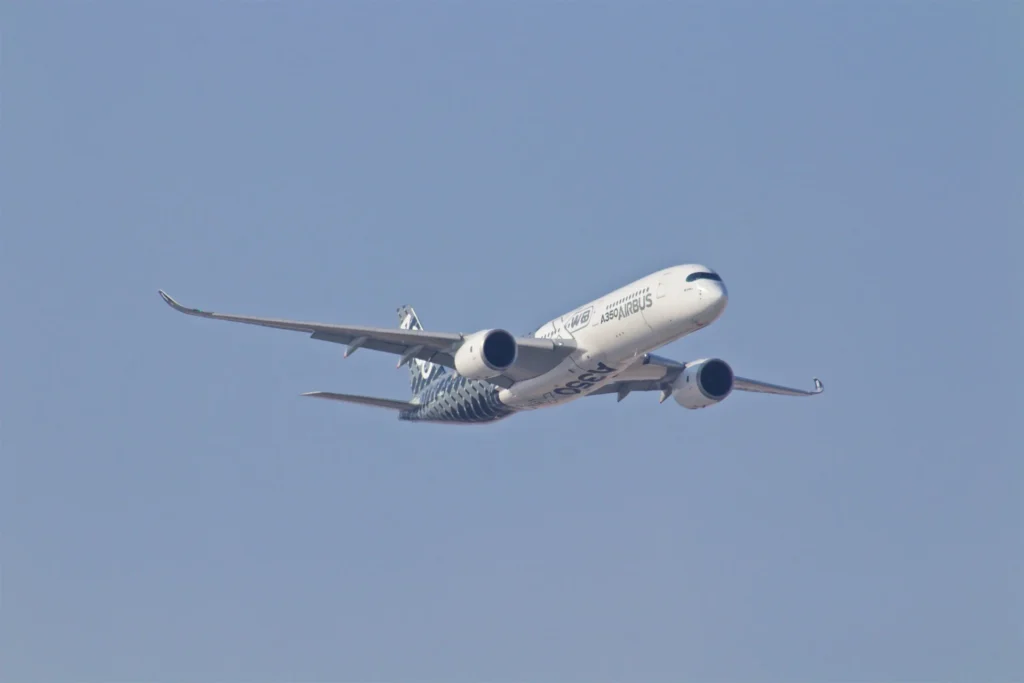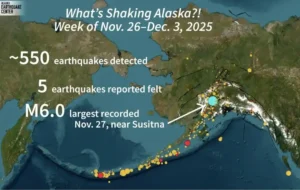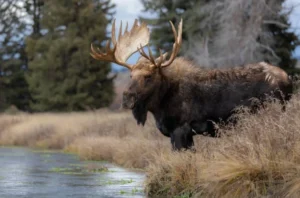Authorities confirmed Friday that all 10 passengers aboard a regional airline flight died after their plane crashed near Nome, Alaska. The US Coast Guard located the Alaska plane crash wreckage about 34 miles southeast of Nome, which ended a frantic search.
Rescue swimmers discovered three bodies inside the shattered Cessna aircraft, while officials believe the remaining victims are trappers in the wreckage. Coast Guard Lt. Commander Mike Salerno stated that recovery efforts remain challenging due to the plane’s remote location and icy terrain.
Among the victims, Alaska Native Tribal Health Consortium employees Rhone Baumgartner and Kameron Hartvigson had traveled to Unalakleet for urgent repairs. The organization praised their dedication and stressed their critical role in maintaining community infrastructure.
The ill-fated Cessna 208B Grand Caravan, operated by Bering Air, departed Unalakleet on Thursday, bound for Nome. The flight tracker recorded a sudden loss of altitude and speed around 3:18 p.m. local time before communication was lost.
Coast Guard Lt. Commander Benjamin McIntyre-Coble suggested that an unknown event caused the aircraft’s rapid descent. Rescue teams battled harsh weather conditions while searching offshore and across snow-covered terrain. Initial flights by Coast Guard and Air Force C-130 crews failed to locate the aircraft.
By Friday morning, clear skies allowed helicopters and additional teams to join the operation. Investigators reported that the aircraft did not transmit an emergency distress signal, complicating search efforts.
The Federal Aviation Administration assigned an investigator to examine the cause of the crash. Meanwhile, the FBI provided technical support, including cell phone geolocation analysis, to aid recovery teams.
The Alaska plane crash adds to growing concerns about aviation safety following two fatal incidents in the US last week. Authorities continue investigating, hoping to uncover the cause of this devastating tragedy.












